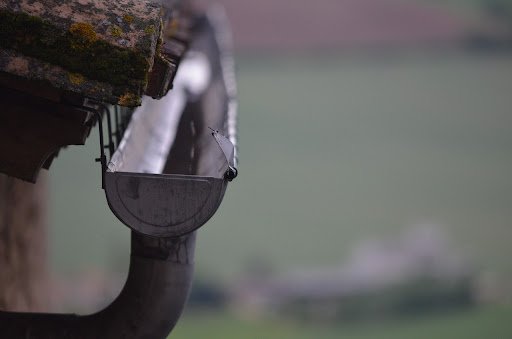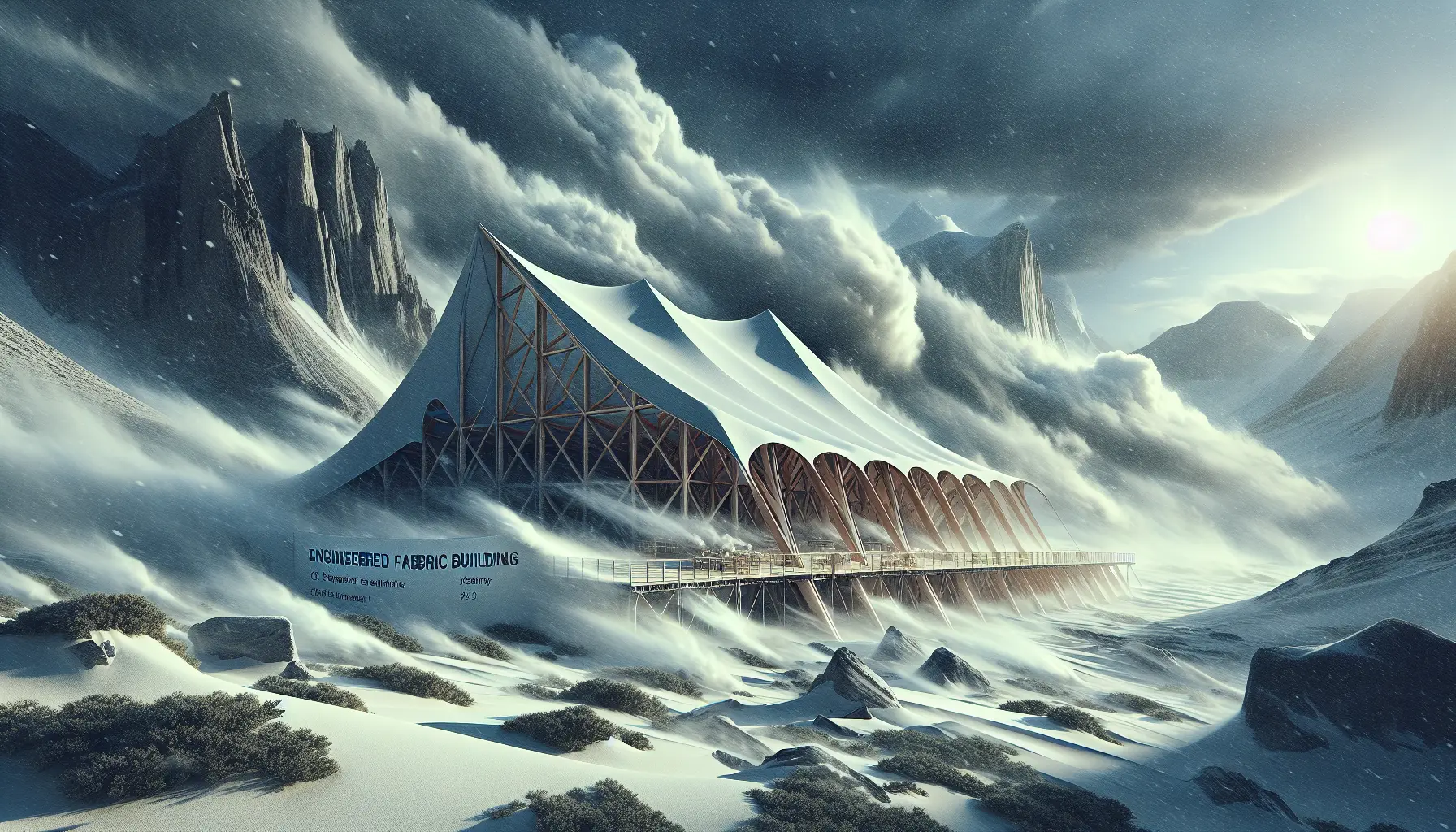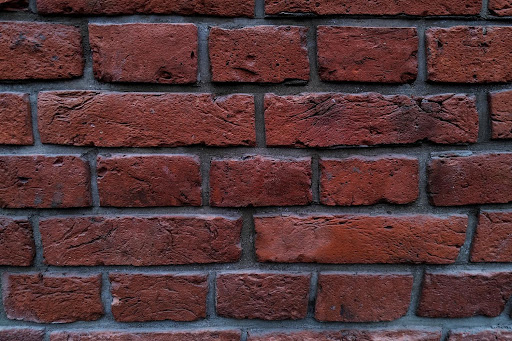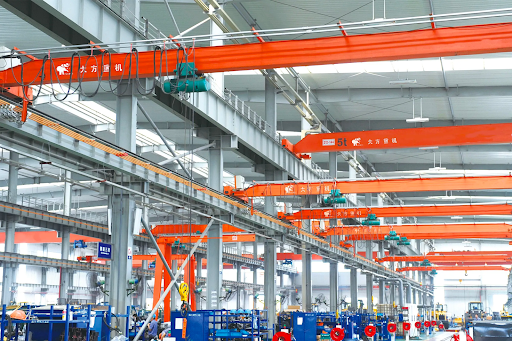When arranging residential buildings and other objects, the installation of a drainage system is considered an important final moment in construction. This requires the installation of special prefabricated structures, consisting of metal or plastic parts. They significantly extend the service life of wall blocks, roofs and foundations of the building, as they have the ability to reliably protect the building from the effects of the external environment. You can learn how to properly carry out the work yourself on the installation of such systems with the help of this article.
Installation of a drain is not a very complicated matter and can be performed by a master of any qualification. However, the necessary knowledge still needs to be possessed. First of all,seamless gutter contractors must be well versed in the calculations and selection of the necessary components.
MAIN PROPERTIES OF WATER DRAIN SYSTEMS
The structural characteristics of water drainage facilities have not changed much over the years. Their main components were and still are gutters and vertical risers.
At the same time, it should still be noted the recent appearance of innovative details, with the help of which the installation process has been greatly facilitated.
The release of such components by different brands allows the modern consumer to easily and quickly select the most suitable elements for even the most complex systems.
Having performed the necessary calculations, you can find the right amount of material in advance, then purchase it in specialized stores and compile them according to the constructor principle.
If it is necessary to install a drain on a country house with a small gable roof, it is permissible to use galvanized steel products by building a certain device on your own.
A two-story building with an original facade and a folding roof will require you to have a ready-made kit made by professionals. It is he who will become not only protection, but also decoration of the building.
TYPES OF SYSTEMS IN ACCORDANCE WITH THE MATERIAL OF THEIR MANUFACTURE
Before proceeding with the installation and installation, it is necessary to correctly select the necessary material in advance. The methods and types of installation of component parts depend on this. Conventionally, such schemes are divided into two large segments: made of metal or plastics.
POLYMER SETS
Polymer products are components produced on the basis of vinyl material with the addition of special plasticizers, stabilizers and other ingredients. Such additives can improve the strength and reliability of parts. The total service life of plastic systems is within 10-15 years.
Plastic kits are very popular with construction organizations, as well as home craftsmen. This is due to a number of undoubted advantages, namely:
- plastic products are quite light in weight and therefore are perfect for installation on old buildings in which it is extremely undesirable to overload the rafters and the facade segment;
- they allow operation at a certain temperature range;
- plastic does not corrode, while metal ones often rust;
- they easily withstand the negative effects of substances in the environment;
- the installation of plastic kits is not particularly difficult, and even an inexperienced master can cope with such a process;
- products differ in design, and therefore it will not be difficult for the user to choose the most suitable option;
- their cost is quite affordable for a wide category of consumers.
At the same time, some disadvantages of plastic kits should be noted. For example, they have greater flexibility than metal ones and therefore their elements must be mounted at a certain interval.
With temperature changes, the plastic will change its shape, which means that you will need to pay a lot of attention to additional components.
Budget models may change color over time due to burnout. Another disadvantage of plastic is the inability to withstand large loads and susceptibility to various types of damage. After installing such a kit, it is necessary to constantly monitor the accumulation of snow and clean the icing.
METAL SYSTEMS
Metal systems are more reliable and durable. It is very simple to explain this: the metal itself, according to its technical characteristics, has a very long service life.
Modern production offers customers many different variations – from ordinary galvanized steel to expensive copper ones.
Titanium-zinc alloy is more expensive, but does not allow contact with copper and iron. Another alloy is cheaper, reflects light well, has good heat resistance and has a beautiful silver color.
If we talk about durability, then metal devices are much more profitable than polymer counterparts. However, they also have certain disadvantages – they easily produce heat and do not dampen noise. They are also important, and if the protective coating is damaged, they quickly rust.
When choosing a material, many factors should be taken into account, including the quality of the surface.
INSTALLATION INSTRUCTIONS
Preparatory work and installation of drainage systems can be conditionally divided into three large stages:
- design – carrying out the necessary calculations, selecting the necessary parts and working out the scheme;
- collection of horizontal elements responsible for the water intake;
- installation of pipes leading water to storm drains.
All work is carried out from top to bottom, in other words, the initial elements should be mounted on the roof, then the details towards the foundation and blind area. All processes should be carried out with the obligatory consideration of the type and types of the system itself and the materials used.





